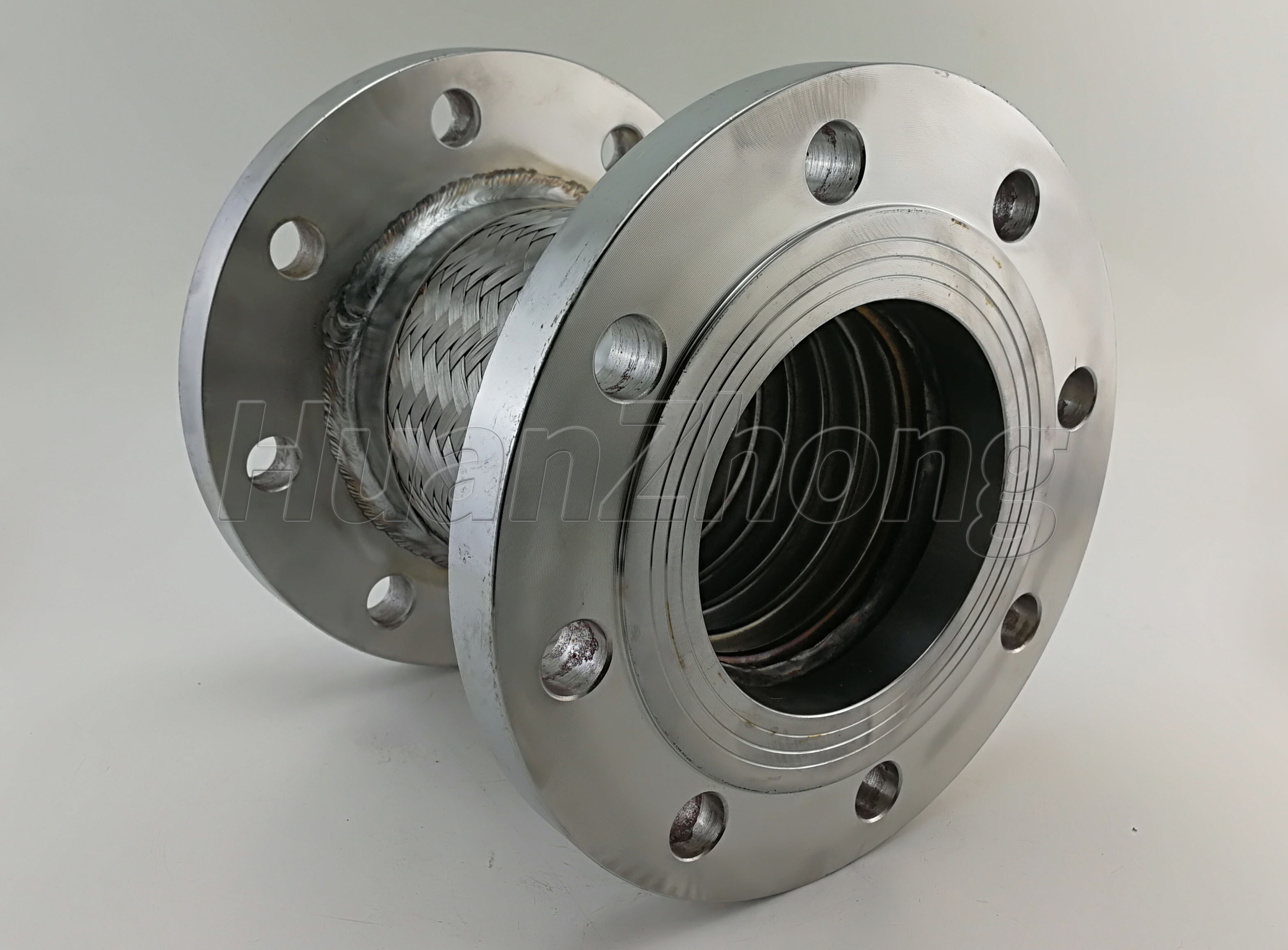How to Install Stainless Steel Expansion Bellows?
How to Install Stainless Steel Expansion Bellows?
Installing stainless steel expansion bellows is a critical step in ensuring the proper functioning and longevity of a piping system. These bellows are designed to absorb movement, vibration, and thermal expansion, and they require careful installation to ensure that they perform as intended. This essay will outline the steps involved in the installation of stainless steel expansion bellows, including proper preparation, selection of the correct bellows, positioning, and attachment.
The first step in installing stainless steel expansion bellows is to thoroughly prepare the piping system. This includes cleaning and inspecting the adjacent pipes, removing any debris or contaminants, and ensuring that the pipes are properly aligned for the installation. It's important to check for any signs of corrosion or damage that may affect the performance of the bellows. It is advisable to consult the manufacturer's instructions or guidelines for the specific cleaning and preparation requirements.
The next step is to select the appropriate stainless steel expansion bellows for the application. Consideration should be given to factors such as the temperature and pressure ratings of the bellows, as well as the amount of movement and flexibility required. It's crucial to ensure that the bellows selected are compliant with industry standards and meet the specific needs of the piping system.
Once the correct bellows have been selected, the positioning of the bellows within the piping system is crucial. The bellows should be installed in a location where it can accommodate the intended movement, such as bends, offsets, or changes in direction. It's important to ensure that the bellows are not excessively stretched or compressed when the system is in its normal operating position. The positioning of the bellows should also consider access for inspection and maintenance purposes.
After the bellows are properly positioned, they need to be securely attached to the adjacent piping components. Care should be taken to use the appropriate fasteners or clamps and follow the manufacturer's recommendations for attachment methods. It is critical to ensure that the attachment does not restrict the movement or flexibility of the bellows. Over-tightening or improper attachment can lead to premature failure of the bellows or damage to the piping system.
Once the bellows are properly installed, the final step is to conduct a thorough inspection. This includes checking for proper alignment, clearance, and movement capability of the bellows. It's important to verify that the bellows are not subject to excessive stress or strain during operation. A visual inspection of the entire installation should be performed to identify any potential issues such as leaks, misalignment, or signs of corrosion.
In conclusion, installing stainless steel expansion bellows requires careful preparation, selection, positioning, and attachment. Proper installation ensures that the bellows can effectively accommodate movement, vibration, and thermal expansion in the piping system. Following the manufacturer's instructions, taking into account the specific requirements of the application, and conducting thorough inspections are crucial for a successful installation. By following these steps, operators and engineers can ensure the optimal performance and longevity of the stainless steel expansion bellows, contributing to the overall reliability and efficiency of the piping system.
